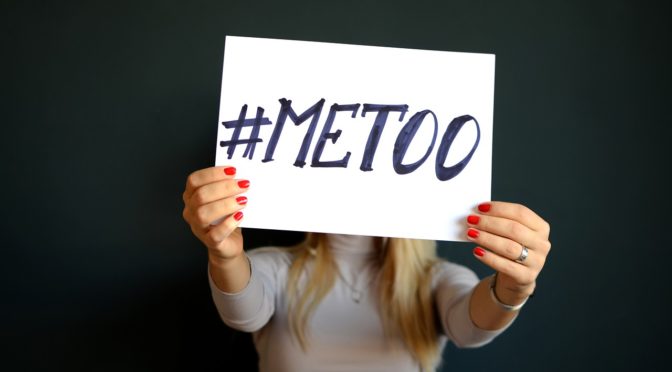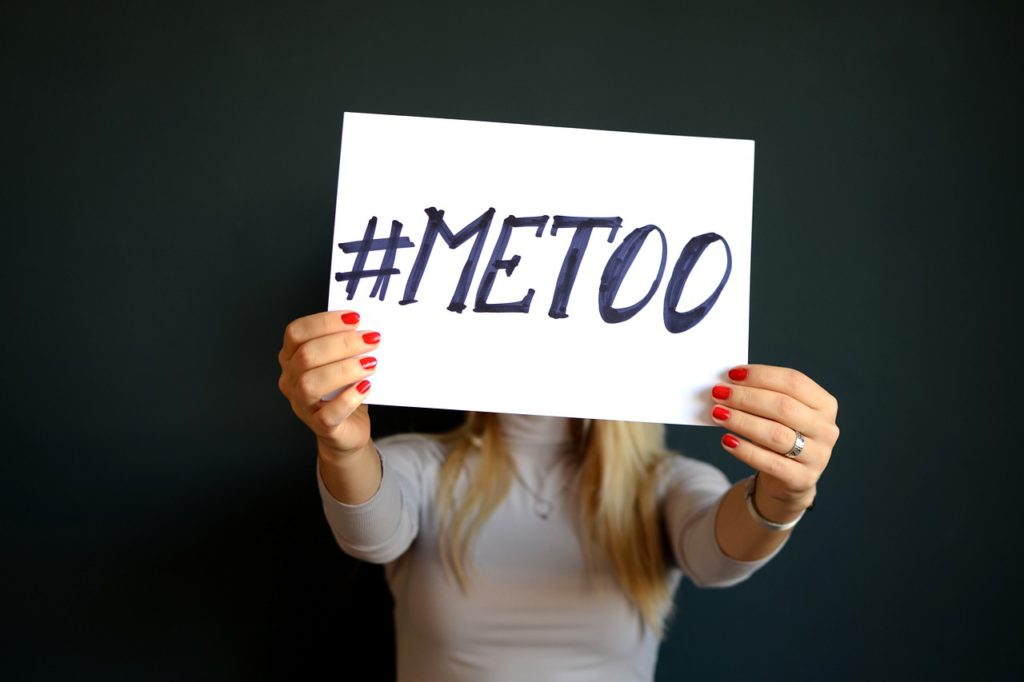Baltimore Symphony Orchestra (BSO) has announced one of the largest fundraising campaigns in its 101-year history, aiming to raise $65 million by December 2019. In the quiet phase of the campaign, which focused on discussions with board members and major donors, the orchestra has reached about two-thirds of its goal, with $42.6 million raised. The Campaign Committee includes a wide range of key stakeholders, including board members, staff, musicians, and other community leaders.
BSO plans to put $50 million toward its endowment to sustain future growth of the orchestra and enable it to attract and retain top musicians. An additional $10 million will go toward its education programs, including the expansion of OrchKids, an El Sistema-inspired program that is currently offered at six Title I schools in the city. The final $5 million will support BSO’s annual fund. Baltimore Symphony Orchestra musicians are members of Local 40-543 (Baltimore, MD).



